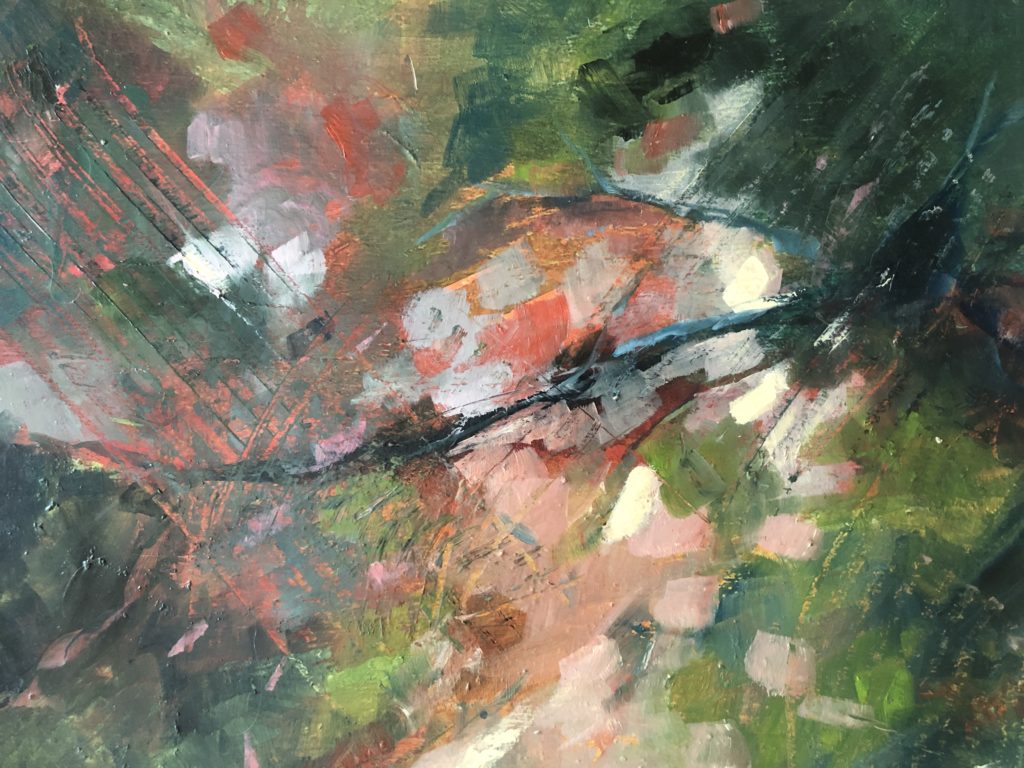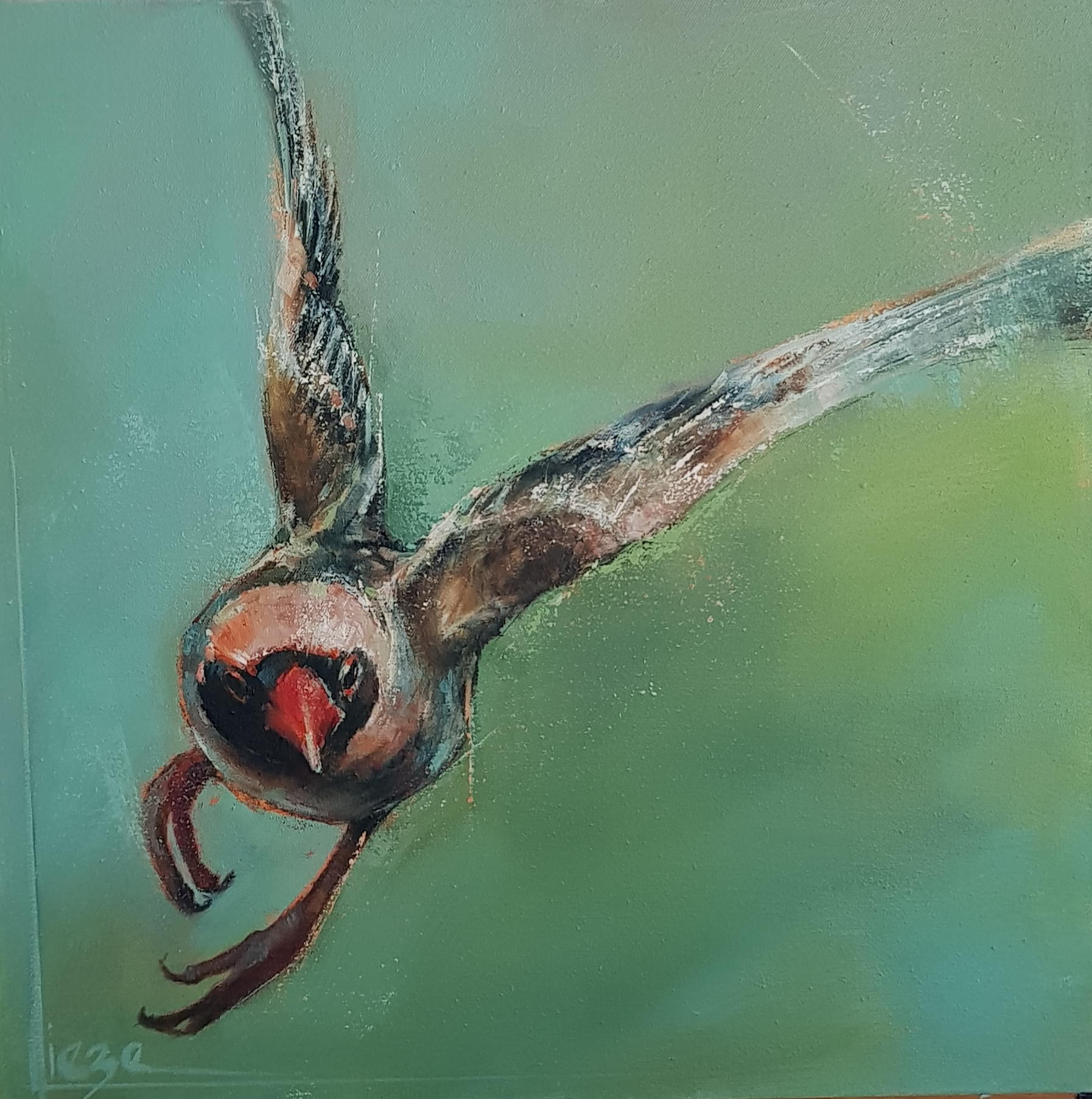By Dr Thirusha Naidu
Creativity, like mental illness, is mysterious to most. It is an inexplicable yet distinctly human attribute. Historically, creatives have been admired, revered, feared, ostracised and persecuted. From the genius of Albert Einstein’s theory of relativity to JK Rowling’s Harry Potter, Michaelangelo’s Sistine Chapel, to ingenious hackers or clever moms who conjure school play costumes out of milk cartons and ribbons, creativity finds multiple forms.
Neuroscience researchers say that the evolutionary price that our species pays for this weighty endowment is “madness”. We have, at best, a tenuous and transient grasp on reality and the most innovative and imaginative among us may disengage from reality altogether. The most creative minds struggle the capricious path between genius and madness. Those of us that were assigned to commute the middle road of mediocrity may never experience the pain of ‘mental anguish’ nor the elation of genius. Artists like Van Gogh or Dali were relegated and then revered for their creative chutzpah. The persecution of creative genius, misjudged as insanity, is not restricted to artists. Anyone expressing themselves differently is suspected. Galileo was excommunicated in the 16th century for daring to say that the earth revolved around the sun.
Kay Jamison, a psychiatrist, studied psychopathology and creativity, noting the higher rates of psychosis, severe depression and suicide among creatives. Bipolar disorder, says Jamison, appears to be overrepresented in the creative professions but that this does not suggest a straightforward relationship. Rather, there may be a specific link between bipolar disorder and creativity which should be investigated further.
Others have suggested that it is not creativity that prompts psychopathology but rather a paucity of creative thought. Complaints of ‘emptiness’, reports of hopelessness, low mood and motivation from depressed people might support this. Alternatively, let’s consider that humanity might have been deprived of the genius of poets like Sylvia Plath were it not for the depression that sank her to intense emotion. Writer Stephen King confesses that his breakthrough novel “Carrie” was written in a depressive drug fuelled haze. A vivid and haunting depiction of mental illness comes from South African author, K. Sello Duiker. Universally, an intuitive counterbalance to art and suffering sees healers employing the arts as a healing conduit.
Traditional healers have long used dance, written symbols, song, music and poetry, stories etc. Healing interventions both for divining ills and to recommend treatment. Rhythmic movement and chanting are often part of healing practices. Art, music and dance therapy is used in western healing practice if only as an adjunct to pharmacotherapy, surgery and other allopathic interventions.
Stanford University’s highly successful Pegasus Physician Writers Programme sees health professionals write and publish their works. Proponents include psychiatrist and writer Irvin Yalom, infectious disease specialist Abraham Verghese, and anaesthetist and poet Audrey Shafer. Columbia University’s programme in Narrative Medicine teaches health professionals how to hear patients’ narratives in ways that are personally resonant, connecting person, patient and story behind a medical history. Duke University supports resident artists in its hospital system to sustain, promote and assist with arts-based healing. Health professionals participate in monthly poetry groups to express personal and professional experiences of health and illness through poetry. Former poet in residence at Mount Sinai Hospital in Toronto, Ronna Bloom ‘prescribed’ poems for recovery in the hospital lobby. In all of these ways art and artistic practices are focused on “humanising” healthcare practice.
Health systems demands are obvious and pressing from the primary- to specialist level care. However, connecting art and artists to reciprocally promote health education, support and care is not an impossible mission. Collaboration with corporate sponsors, artists and private individuals can provide the means and opportunity to bring the arts into health spaces. In wealthy Western countries, organisations such “Paintings in Hospitals” have developed partnerships with museums and artists on outreach projects, exhibitions and artist residencies in health and social care. The White Feather Foundation embraces Art@Hospital, an initiative to honour patients undergoing treatment in hospitals.
These intersections between art and health inspired me to start an initiative to bring art into therapeutic spaces in the psychology department of King Dinuzulu Hospital Complex in Durban. Local artist Julie Mayo was commissioned to create triptych piece depicting African wildlife for our play therapy room. Original art conveys a sense of appreciation and value to the therapeutic space of the playroom and the children who have experienced trauma, harshness and rejection. South African artists exhibiting at Art in the Park, a local annual art event in Pietermartizburg, KZN, donated paintings. Elaine Poggi, a classical pianist and photographic artist who directs the NPO Healing Photo Art donated 10 underwater photographs which turned our group therapy room into an aquarium-like experience. Most recently the psychology department received donations of original artworks from prominent Swedish artist Astrid Sylwan and members of a virtual “COVID-19 Lockdown Art Demo Group” established by North Coast portrait artist Jane Digby.

Bringing fine art to a public hospital narrows the gap between medical science and human experience. Making and appreciating art is a distinctly human endeavour. Art in a public mental health space is humanising. Patients and health professionals realise that in the darkest moments we remain human, deserving respect and appreciation. A pleasant view during hours of waiting assures patients that they are recognised as a person. An exotic flower, rolling waves, or a cheeky giraffe, where least expected, may alleviate a child’s disturbing experience. Artistic expression can transport a world-beaten adult to a place of temporary solace. Access to art and especially fine art, is seen as a luxury reserved for the privileged few.
The Art for Mental Health initiative at the King Dinuzulu Hospital Psychology department, along with the many generous and talented donors, has shown that much is possible when we as artists, patients and health professionals call on our own humanity for inspiration.
Dr. Thirusha Naidu is a clinical psychologist and researcher in the public sector and writes in her independent capacity. She is co-editor of the book Talk Therapy Toolkit, and a KIPRIME Fellow in Medical Education at the Karolinska Institute.



